1955 East Los Angeles JC Schedule and Weingart Stadium
Based on the title, you might think this is going to be another one of those stories about some obscure team with an interesting wrinkle or two, but it's not. This story is far bigger and far better than that. It is not only a story about a longstanding junior college football program and stadium in Los Angeles, it is also about the stadium that hosted ol' #44 when he returned a kickoff for a Crimson Tide touchdown.
East Los Angeles Junior College originated after WWII, when people flocked to LA, leading to an expanded state higher education system. East Los Angeles College opened in temporary quarters in 1945 before moving to its current location in 1948. Athletics were and are an essential element of the California community college experience, so the school's leadership opted to go all in, building a $1.25 million, 22,000-seat stadium that opened in 1951. It was the largest JC stadium in the country then, and that still seems to be the case. It was fancy, with 192 2000-watt lamps throwing 64-foot candlepower onto the field, with dressing rooms for 800 athletes, training facilities, and even a jail.
Its seating capacity and eight-lane 440-yard track allowed it to host prep and JC track meets, football games, graduation ceremonies, and other events over the years. Among those who played at East Los Angeles Stadium was Cal State Los Angeles, a team and program profiled in a three-part series a while back.
I didn't know any of that before spotting the 1955 East LA football schedule below, which was printed on an ink blotter and served as a campus giveaway. But the stadium seemed rather sophisticated for a community college. It caught my eye, so I looked into it.
Clyde Johnson coached the Huskies then. He was Kentucky's first-ever All-American, who played in the AAFC before assisting at East LA and taking over as head coach in 1951, a position he held for 11 years. The team went 6-3 in 1951 and 45–54–4 during his tenure, which was decent, but they didn't have a record befitting the stadium.
They renovated the stadium in 1984, renaming it Weingart Stadium in honor of the renovation sponsor, Ben Weingart. They redid it again in 2011, and here's what it looks like today.
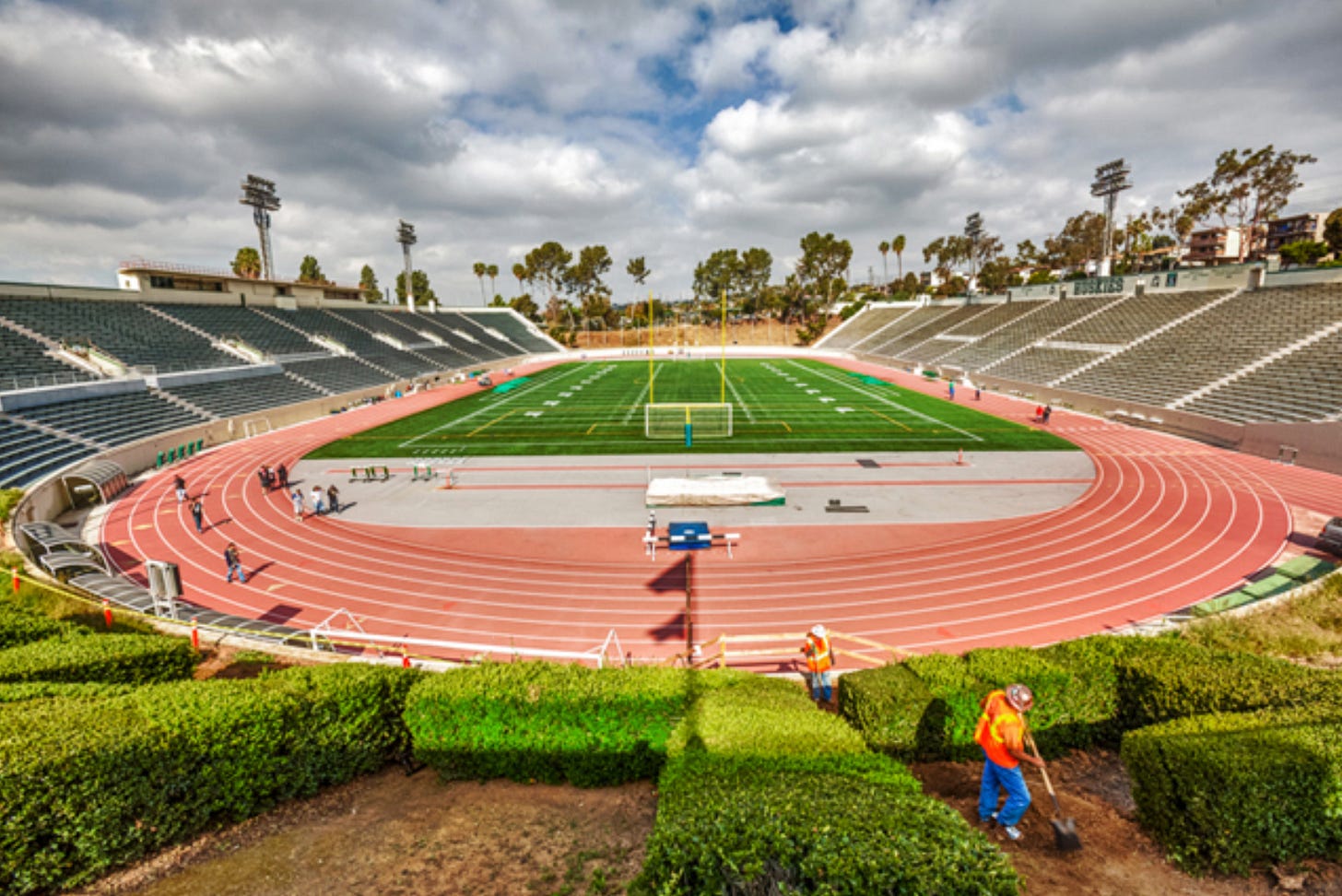
Over the years, teams playing in the Rose Bowl used the stadium as their LA training facility, and included among them was Duffy Daugherty's 1955 Michigan State team.
Still, if you counted all the attendees who watched games in person in the stadium over the years, the number would fall far short of those who watched from afar as ol' #44 returned the kick for the TD. Viewers did not know it at the time, and the special effects people made sure it would be difficult to tell that the magical moment caught on film occurred in Weingart Stadium. But it did.
You've seen the film. We all have. All it took was a few hundred movie extras dressed in Alabama gear who moved from section to section throughout the filming. They turned that footage over to the folks at Industrial Light & Magic, who used some good ol' football film trickeration, allowing everyone to see 'ol #44, Forrest Gump, enjoy his moments of football glory at Weingart Stadium, not Bryant-Denny Stadium. (Starting at 0:54)
Sometimes, Football Archaeology is like a box of chocolates. You never know what you’re gonna get.
Football Archaeology is reader-supported. Click here to buy one of my books or otherwise support the site.


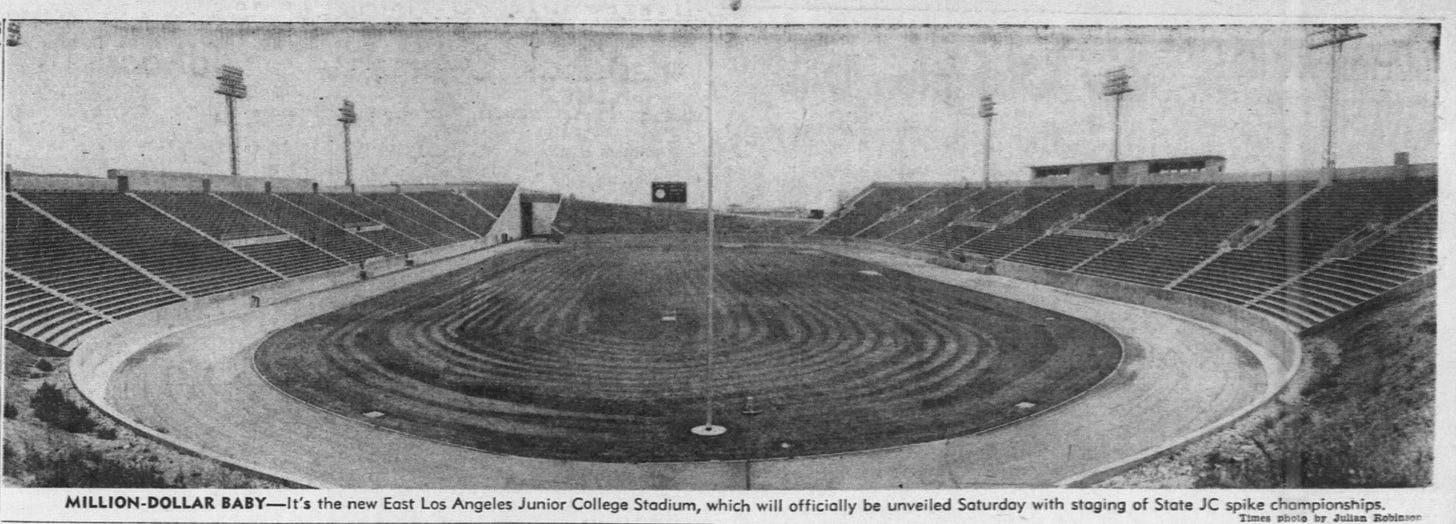
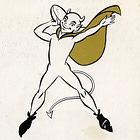
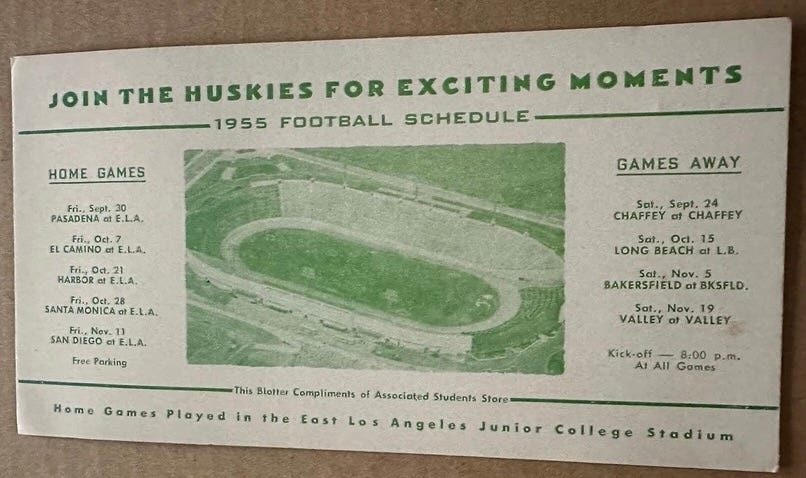
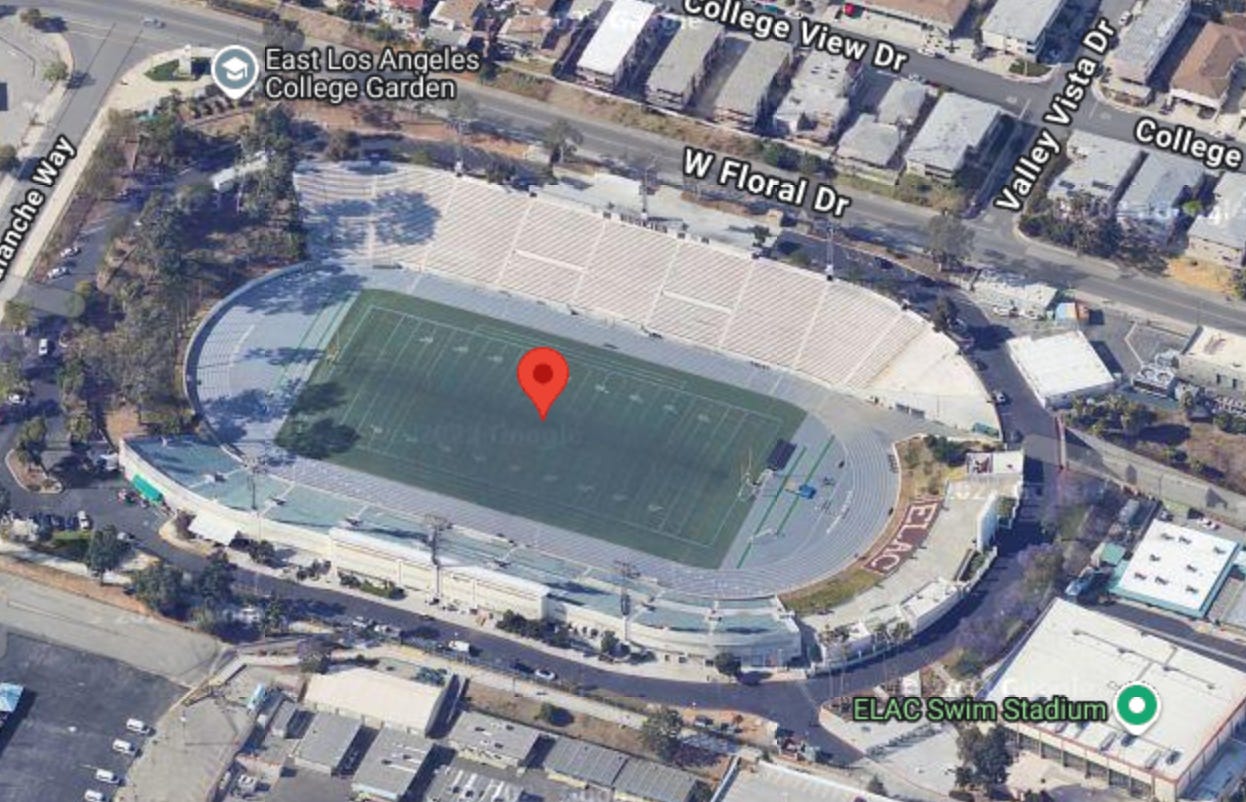
Also home to 1984 Olympic Field Hockey…not sure about 2028?
I’ve officiated at this stadium. An iconic place in East LA. Also the home of the “ East LA Classic”rivalry between two longtime high school rivals, the Garfield Bulldogs vs. the Roosevelt Roughriders…dating back to 1926, I believe. Still a major annual social event in East LA.